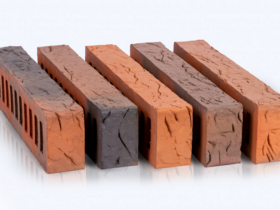Children can arrange a small pool of a frog with an area of 4-8 m2 and a depth of 30-50 cm. Such sizes allow safe games in water and swimming babies. It is important that the water in the reservoir will regularly change. The frog is not necessary to build in the children’s corner. It fits well with the lawn and can be an additional decoration of the site. At the request of parents, small beds can be broken near the playground, so that children get used to independent work. However, this should not completely excommunicate children from joint work with parents, from the consciousness that they, children, are busy with really useful work and help to adults. Parents need to keep in mind that children grow quickly and, therefore, their corner will have to be rebuilt from time to time. Even at the stage of thinking over the project and the breakdown of the site, it is necessary to determine what from game structures will be then eliminated without greater damage for convenience and expressiveness of the corner. The fence of the site – a mandatory element of improvement – is performed in full accordance with the land use plan. At the same time, the front (street) part of the fence should be built taking into account the architectural requirements adopted in this settlement. Based on such requirements, facial fences, gates and gates are advisable to make the same for groups of several sites, and better for a whole quarter. Fences separating areas within the quarter can be different. It is enough to accept the height of the street side of the fence within 1, 2-1, 8 m. Higher and continuous fences are not only ugly, not only do not improve the preservation of the territory of the courtyard, but also impede the ventilation of the site, shadow plantings, create excessive insulation of the estate from the world. Fences between sites are unlikely to be done above 1, 0-1, 2 m. The simplest fence is obtained from a picket fence, packed with 2-3 poles laid between wooden pillars, drew in the ground. However, is it worth taking the first option that came across? From relatively cheap material – rails, humps, branches and thin poles – you can make shields of fences with a more complex and expressive pattern.









